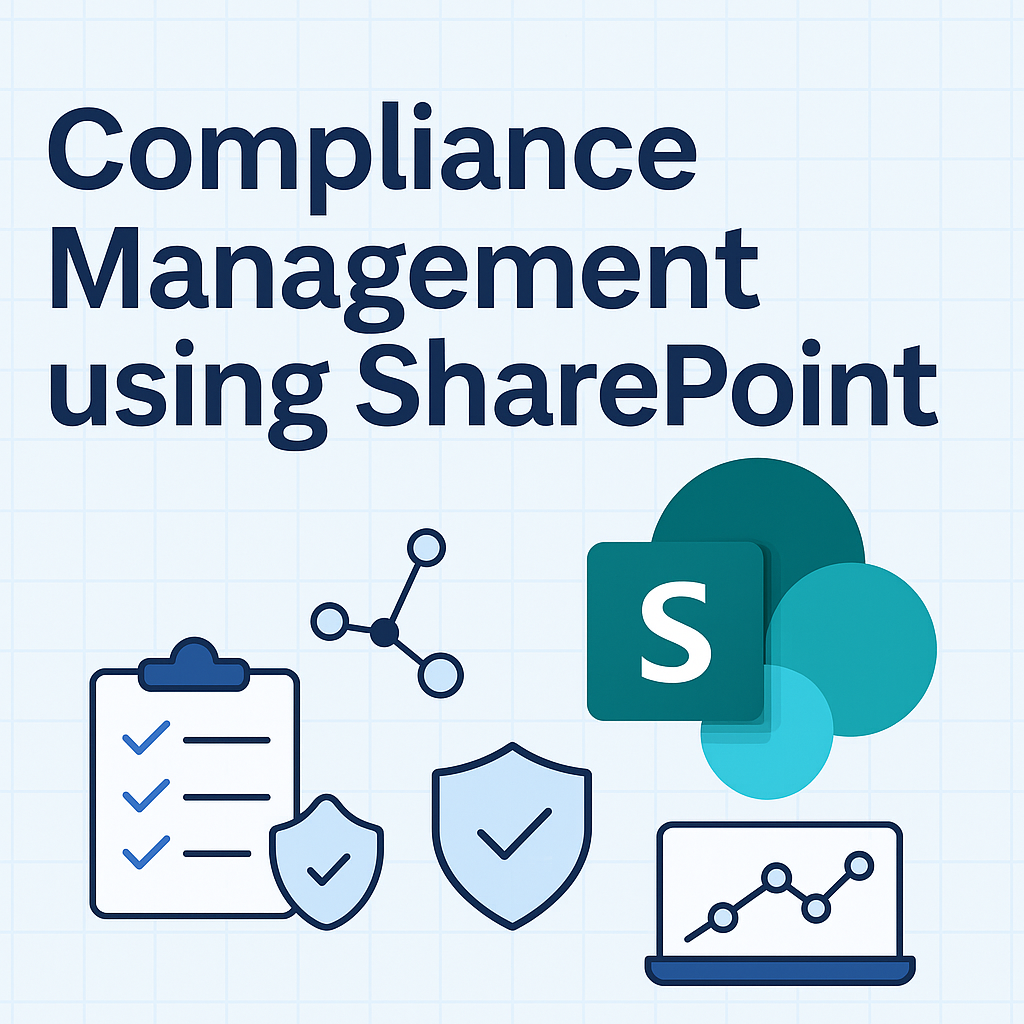Business Process Re-engineering (BPR) is a methodology for redesigning business processes to increase efficiency, effectiveness, and responsiveness to changing customer needs. Companies can streamline operations, reduce costs, improve customer satisfaction, and gain a competitive advantage by re-engineering business processes.
However, BPR is not a simple task. It requires a significant amount of effort, resources, and time. Therefore, before embarking on a BPR initiative, companies must carefully evaluate the process’s costs, benefits, and risks. This blog will explore the steps involved in redesigning business processes using the BPR methodology.

Benefits of Business Process Re-engineering
Business Process Re-engineering can provide numerous benefits to companies that implement it successfully. Some of these benefits include:
- Increased Efficiency: BPR can help companies to streamline their processes, reduce waste, and increase efficiency. This can result in significant cost savings and increased productivity.
- Improved Customer Satisfaction: BPR can help companies design customer-centric processes that are responsive to changing customer needs. This can result in increased customer satisfaction and loyalty.
- Competitive Advantage: BPR can help companies gain a competitive advantage by allowing them to respond quickly to market changes and customer needs.
- Enhanced Quality: BPR can help companies to improve the quality of their products and services by reducing errors, defects, and rework.
- Improved Employee Morale: BPR can help companies to empower their employees by giving them more autonomy, responsibility, and ownership of the process. This can result in increased employee engagement and morale.
Risks and Challenges of Business Process Re-engineering
BPR is not without risks and challenges. Some of the risks and challenges associated with BPR include:
- Resistance to Change: BPR can face resistance from employees who may be resistant to change or skeptical about the benefits of the process. Companies need to manage this resistance effectively to ensure the success of the BPR initiative.
- Implementation Issues: BPR can be complex and challenging to implement. Companies must plan the implementation carefully to ensure it is done effectively and efficiently.
- Lack of Resources: BPR can require significant resources, including time, money, and personnel. Companies must ensure they have the necessary resources to support the BPR initiative.
- Lack of Leadership Support: BPR requires strong leadership support to succeed. Companies must have the necessary leadership support to drive the BPR initiative.
Accelerate your business growth with our expert assistance in re-engineering your process. Don’t wait any longer – schedule your free consultation call now!
Step 1: Identify the Processes to Re-engineer
The first step in the BPR process is identifying the processes that need to be re-engineered. This can be done by analyzing the company’s current processes and identifying bottlenecks, inefficiencies, and areas for improvement. Companies can also use customer feedback and industry benchmarks to identify areas for improvement.
It is essential to prioritize the processes based on their impact on the company’s performance and customer satisfaction. Companies should focus on the most critical processes with the highest potential for improvement.
Step 2: Map the Current Processes
The next step is to map the current processes to identify the steps, inputs, outputs, and stakeholders involved. This step is crucial to identify the process’s inefficiencies, redundancies, and bottlenecks. Process mapping can be done using flowcharts, process diagrams, or process maps.
Process mapping helps companies understand the process’s current state and identify improvement areas. It also helps to identify the stakeholders involved in the process and their roles and responsibilities.
Step 3: Analyze the Current Processes
After mapping the current processes, the next step is to analyze them to identify the inefficiencies, bottlenecks, and areas for improvement. Companies can use several techniques, such as root cause analysis, value stream mapping, and process analysis, to identify the issues in the process.
Root cause analysis helps to identify the underlying causes of the inefficiencies in the process. Value stream mapping helps to identify the value-added and non-value-added activities in the process. Process analysis helps to identify the steps that can be eliminated, simplified, or automated to improve the process.
Step 4: Design the Future State Processes
Companies can design future state processes based on the analysis of the current processes. The future state processes should be designed to eliminate inefficiencies, reduce costs, improve quality, and enhance customer satisfaction. The future state processes should also be aligned with the company’s strategic goals and objectives.
The future state processes should be designed to be lean, agile, and customer-centric. They should be designed to reduce waste, eliminate redundancies, and simplify the process. The future state processes should also be designed to be flexible and responsive to changing customer needs.
Step 5: Implement the Redesigned Processes
After designing the future state processes, the next step is to implement them. Implementation requires careful planning, communication, and coordination. The implementation plan should include timelines, milestones, and resources required.
Companies should also ensure that all stakeholders are involved in the implementation process and are aware of their roles and responsibilities. Companies should also train employees to ensure they are familiar with the new processes.
Step 6: Monitor and Evaluate the Redesigned Processes
After implementing the redesigned processes, the next step is to monitor and evaluate their performance. Companies should establish performance metrics to measure the effectiveness and efficiency of the new processes. The performance metrics should be aligned with the company’s strategic goals and objectives.
Companies should also establish a system for continuous improvement to ensure that the new processes are continually optimized. The system for continuous improvement should include regular reviews, feedback, and updates to the processes based on the monitoring and evaluation results.
Conclusion
Business Process Re-engineering can provide significant benefits to companies that implement it successfully. However, it requires careful planning, analysis, and implementation to succeed. Companies considering BPR should carefully evaluate the process’s costs, benefits, and risks before embarking on the initiative.
BPR can help companies to improve their efficiency, quality, customer satisfaction, and competitive advantage. However, it is not without risks and challenges. Companies need to manage these risks and challenges effectively to ensure the success of the BPR initiative and that is where the expertise of Target Integration comes into the picture.
To conclude, BPR is a powerful tool that can help companies to redesign their processes to be more efficient, effective, and responsive to changing customer needs. Following the steps outlined in this blog, companies can successfully implement BPR and achieve significant benefits for their organization.




